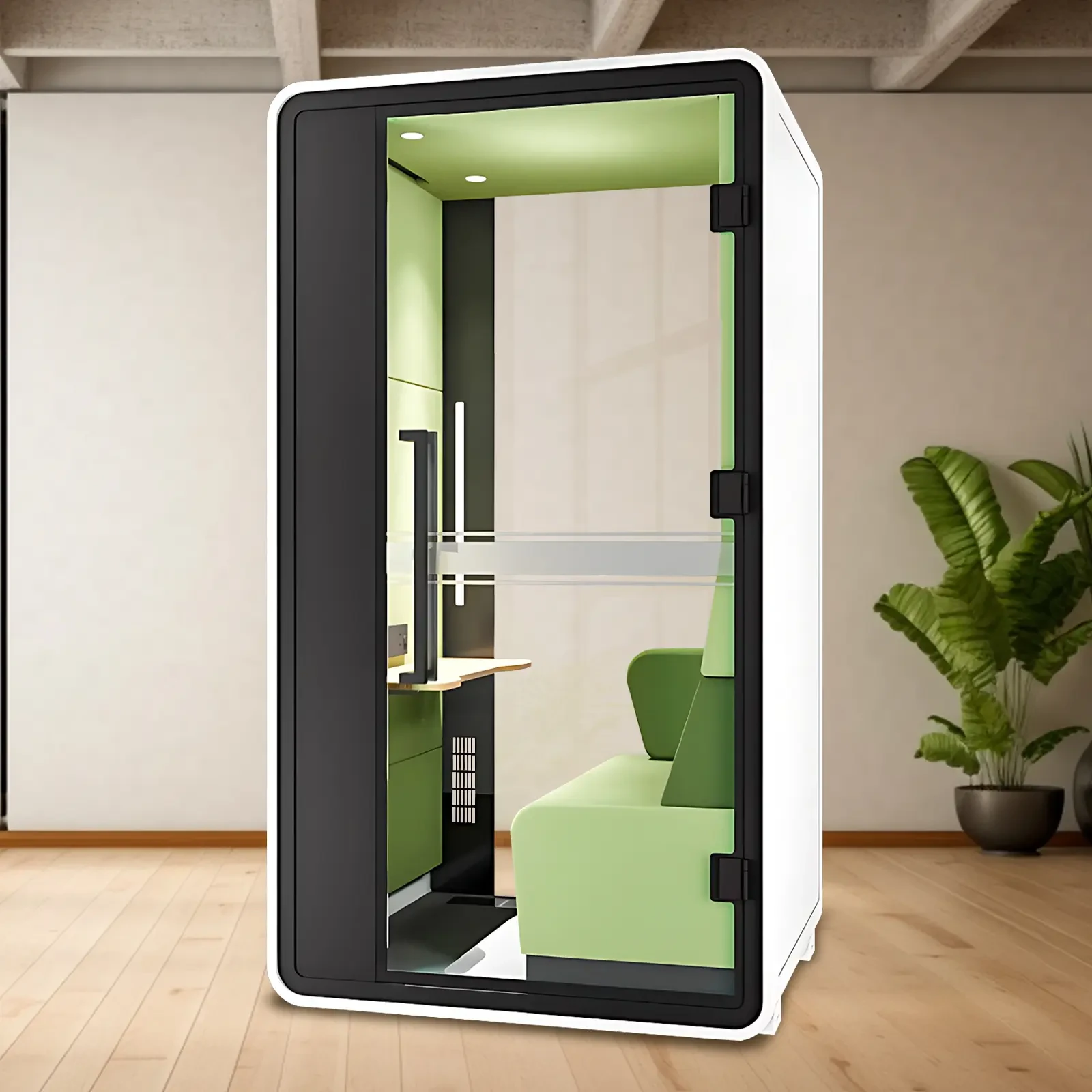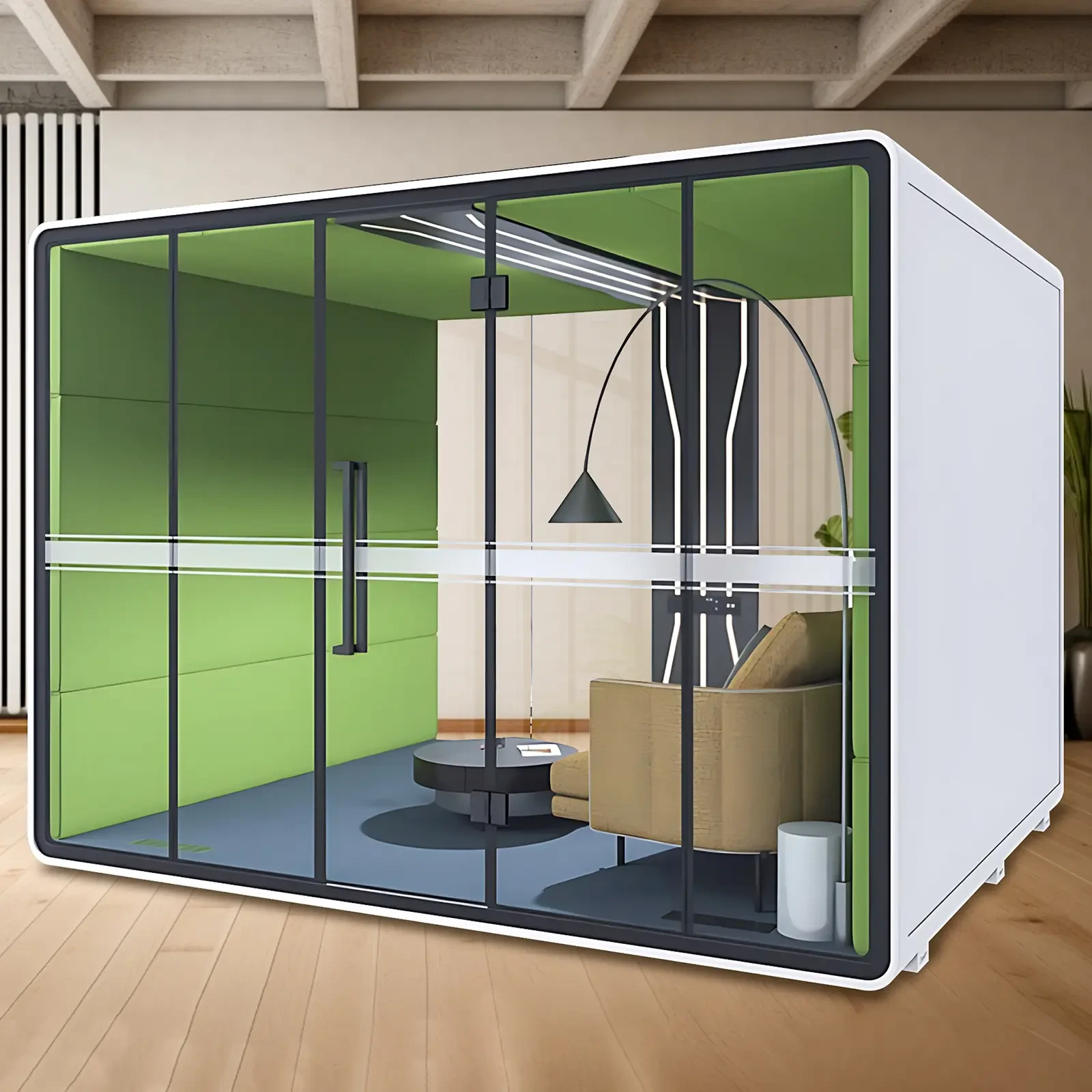In contemporary residences, urban hustle, domestic tasks, and digital diversions generate noise. Often, the goal of achieving a peaceful space seems distant, especially in apartments or shared homes where unwanted sound frequently infiltrates through walls and ceilings. Many individuals now seek ways of how do you make a room soundproof to spend vital time quietly. The most strategic places could be home offices, recording studios, and bedrooms.
Understand How Sound Travels and Infiltrates Through Space
Common physics dictates that sound cannot travel through air without some kind of movement of the medium. In a practical sense, then, we'll need to understand not only the behavior of sound in the air but also what sound does in the space created by the room, as well as what kind of movements it makes when attempting to vibrate through and out into the air beyond the walls.
Assessing the Acoustic Vulnerabilities of a Room
Before understanding how do you make a room soundproof strategy into action, it is vital to perform a detailed appraisal of the room structure to pinpoint where noise is most likely to break through. This generally involves identifying several weak points: thin walls, hollow doors, unsealed windows, ceilings, and even flooring that may transmit vibrations.
It also demands a careful listen to airborne and impact noise sources, which enter or exit differently. Airborne sound typically slips through gaps and cracks. The impact noise travels through solid materials. Knowing these distinctions could allow you to create an effective plan to eliminate or dampen noise intrusion.
The Role of Wall Density and Insulation in Blocking Sound
Increasing wall mass and density is one of the most significant components in making a room soundproof. Sound has more difficulty penetrating through dense, heavy materials than through lightweight construction components. Yet the common construction materials to build interior spaces, like drywall and plywood, are unfortunately lightweight, low-density materials that are not very good at stopping sound, especially the high-frequency kind.
So, if you want to make a room soundproof, make the walls heavy and dense. If you read about "how do you make a room soundproof," you'll see that none of them is a conventional interior wall construction material. They're all heavier and denser than drywall, and resist sound better. In addition, they're also a lot more expensive.
Sealing Doors and Windows to Prevent Noise Leakage
The most soundproofed walls become ineffective if the doors and windows are not treated; these entry points account for a large percentage of acoustical leakage. Because doors and windows are not solid, efficient sealing is necessary to keep sound from entering or escaping.
The best way for how do you make a room soundproof is to use a combination of all the sealing methods available. The first step is to apply way more than the usual quantity of caulk.
Controlling Floor and Ceiling Sound Transmission
In a multi-level structure, when a footstep occurs on a floor above, primarily the floor system and structure above (i.e., ceiling, wall, or any part of the system) dictate. What happens next? Does the sound, or noise, travel into adjacent spaces and disturb those who dare to occupy them? Or does the noise more or less "stay put" and only disturb those who dare to be underneath the system that is misbehaving (i.e., the floor above)? To what extent do noise reduction construction technologies (e.g., mass, damping, and isolation) impact the behavior of the structure at the first critical level? And down the line, at critical zones of the system, and even to infinity? These questions highlight the crucial nature of the system at the next level.
Integrating Surface Treatments and Acoustic Design
While good structural design forms the core of a soundproofing plan, interior surface treatments also contribute to good acoustics by reducing the chances that sound will bounce around within a room. There are no miracles here, but strategic placement of soft, porous, acoustically absorbent materials, like wall-mounted acoustic panels, heavy draperies, and the like, can make a big difference in reducing reverb and, hence, the potential for annoying echoes.
Of course, the interior surface treatment approach to room soundproofing is especially helpful in spaces like media rooms or home offices where audio clarity and minimal echo are desired. When combined with good foundational design, this approach supports the broader initiative of how to make a room soundproof without requiring major renovation. You can enhance your rehearsal times with the Compact Solo Music Pod, available in a remarkably portable enclosure that delivers 35 dB of noise reduction. Perfect for use in home studios or as a small мusic practice space.
Final Thoughts: Bringing Soundproofing Full Circle
Achieving a room where sound cannot travel is not an overnight undertaking, but rather a coordinated set of operational procedures that enable it to reach its ultimate end state. The way to this end state is comprised of structural deficiencies that need addressing and a set of surface-level interventions that warrant our attention. Without an understanding of how sound bounces in different environments, we would only be able to make targeted interventions that, for the most part, wouldn't yield the better results we expect from making a room soundproof. Soundproofing a room engages a comprehensive set of operations that must be planned and executed with a reasonable level of precision.
Recommendation
If you're looking for expert solutions for how do you make a room soundproof, X-comfot has you covered. We provide high-performance, tailored soundproof solutions, such as Soundproof Office Phone Booths, that enhance privacy, productivity, and overall peace in various environments. X-comfot’s specialized expertise ensures exceptional performance in our field.

 USD
USD
 GBP
GBP
 EUR
EUR



